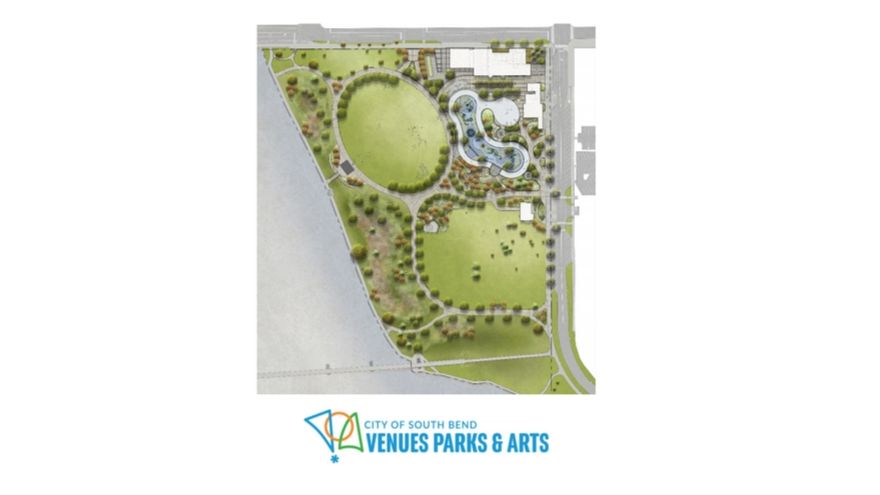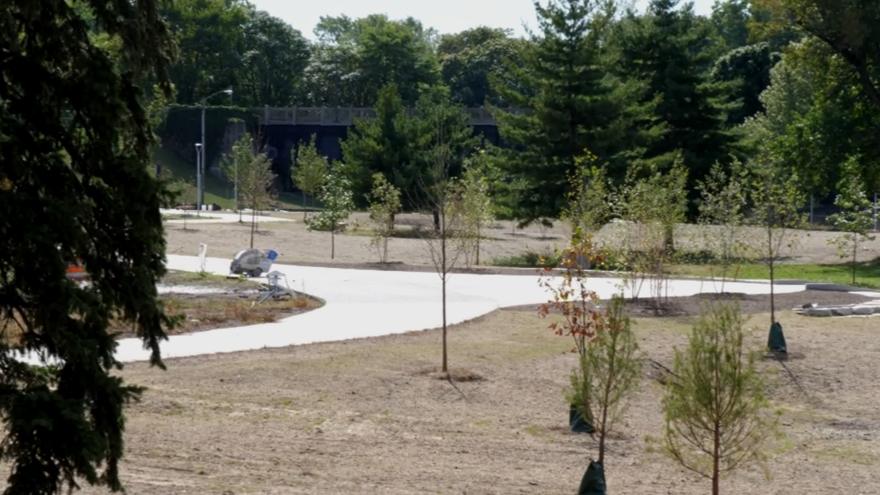Ecology Advocacy Committee works to protect butterflies, support native wildlife
SOUTH BEND, Ind.—South Bend’s Ecology Advocacy Committee (EAC) has worked for years to preserve the ecological health of the city’s wildlife.
Now, the Director of Rum Village Nature Center Garry Harrington says that the committee is playing a vital role in the many renovations and construction projects throughout the city in its work with South Bend Venues, Parks and Arts.
“For the first time, we’re working in the design process with Venues Parks and Arts to make better decisions for our wildlife,” Harrington said.
Right now, Harrington says the committee is even lending a hand to the Howard Park redevelopment project, creating plans to implement a bioswale system that will allow native plants to absorb and purify the water instead of letting it run right off into the St. Joseph River.
The EAC is working with the city on making sure the trees that were removed from Howard Park during the renovations are replaced with trees that will help the environment.
“When it comes to replacement of those trees that were removed, let’s replace those with native trees that benefit native wildlife. Some of them were not native. It turns out that not all trees are equal. Some are good for wildlife, some are not so good for wildlife,” Harrington said.
An interactive tool on the Venues, Parks and Arts website shows the ecology impact score of all current parks projects. Howard Park's new community center scores a 2.
Harrington says that planting non-native trees and other plants in the area is can have detrimental impacts on wildlife.
“One thing that is potentially at risk is butterflies and we all love butterflies, but butterflies need the right kind of habitat to exist,” Harrington said. “If you like butterflies and want more butterflies, plant the kind of food that butterflies find here. One of the reasons that we see fewer butterflies is that we’re seeing a depletion of their habitat. There are fewer meadows, there are fewer prairies in the area, and so as a consequence, they’re losing their food and we’re losing them.”
While Harrington says that there are upwards of 30 kinds of native trees in the area, he says that planting Maple, Oak, Black Walnuts and Cherry trees are a good start.
The EAC is also working on an ordinance with the city to create a greater focus on the planting of native trees in the area. In the meantime, Harrington says the community can do a few things to help keep local wildlife healthy.
“One thing people can do and we’re trying to advocate for this, if you’re going to go to the local store and buy different kinds of plants, let’s try to get those that are native plants as opposed to nonnative. Let’s try to plant the beautiful native trees as opposed to the nonnative ones,” Harrington said.
Additionally, applications are now open for joining the EAC. Information can be found here.
Applications must be submitted by October 25.
















